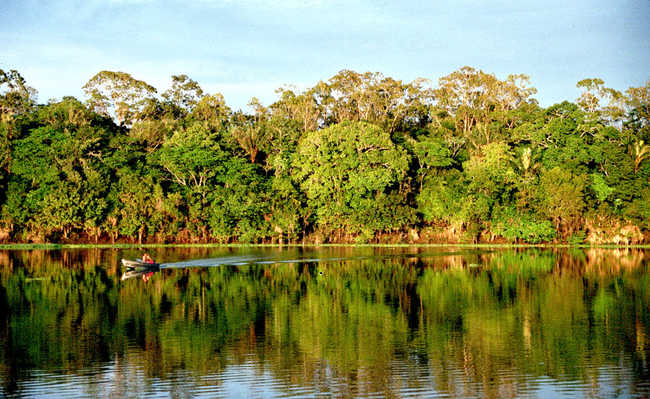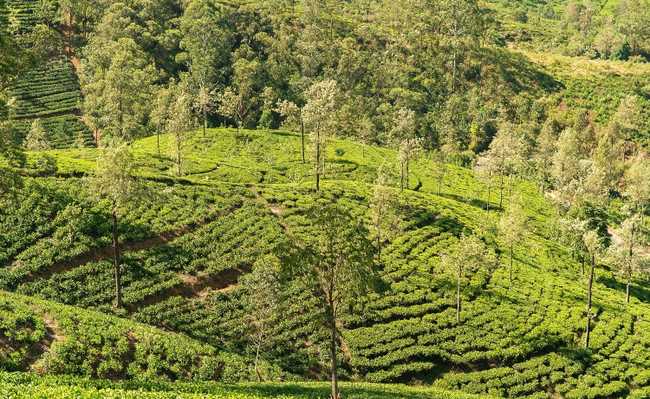Innovative vertical farm project can be a solution for small countries with large populations
Technology, in addition to helping smaller countries to produce their own food, is sustainable and economical, as it uses little electricity in its operation.

The general director of the company sky greens, Jack Ng, was responsible for creating an innovative type of vertical farm in Singapore. The project name is Sky Urban Farming System and is described as “the first low carbon, hydraulically driven urban vertical farm”.
This means that the sky urban uses good old rainwater and the force of gravity to move a pulley system that makes 38 seedling basins revolve around an aluminum tower of approximately nine meters - so all the seedlings sunbath when they reach the top .
The entire farm has a thousand vertical towers that produce 800 kg of Chinese cabbage, spinach, gai lan and other vegetables for Southeast Asia; the farm has been producing vegetables for commercial purposes since 2012.
Vegetables that come from the vertical farm are a little more expensive than those from traditional markets and fairs. A 200 gram pack of xiao bai falls from the sky greens it costs around $1.25, while a 250 gm of a traditional farmhouse costs about 80 cents.
The vertical farm concept is very useful for overcrowded cities like Singapore, which produce only 7% of the vegetables it consumes. Singapore has five million inhabitants and 716 km² (Los Angeles, for example, has twice the area of Singapore and 3.8 million inhabitants). With so little land available, Singapore is forced to import 93% of the country's fresh produce and Sky Urban Farming System has already proven to be a viable solution.
Watch the project presentation video to learn more.










